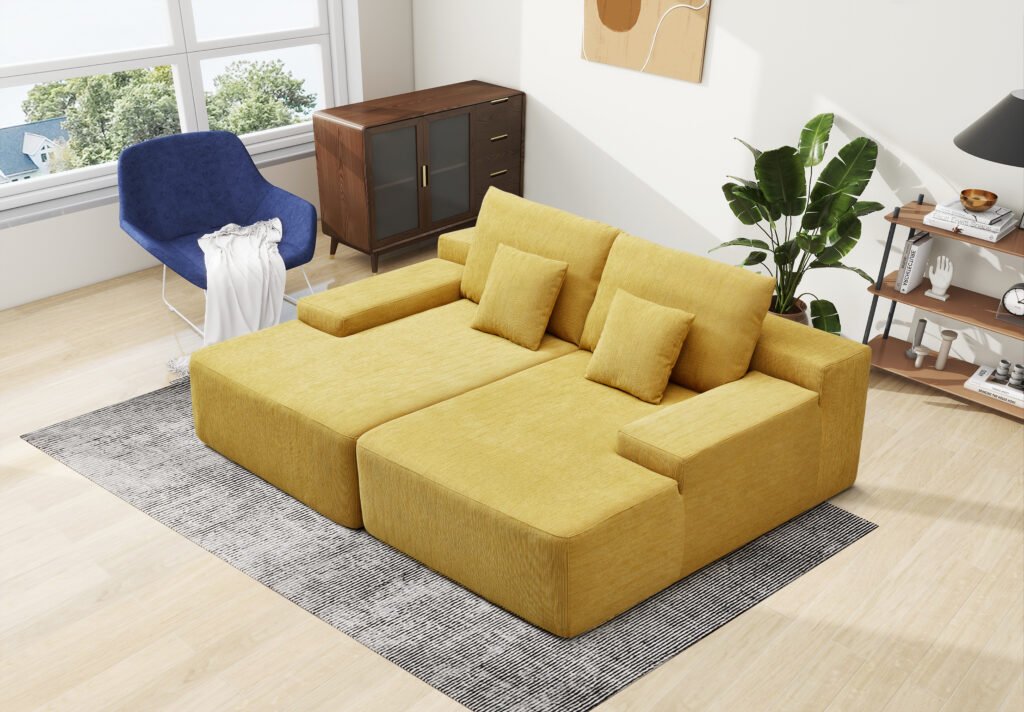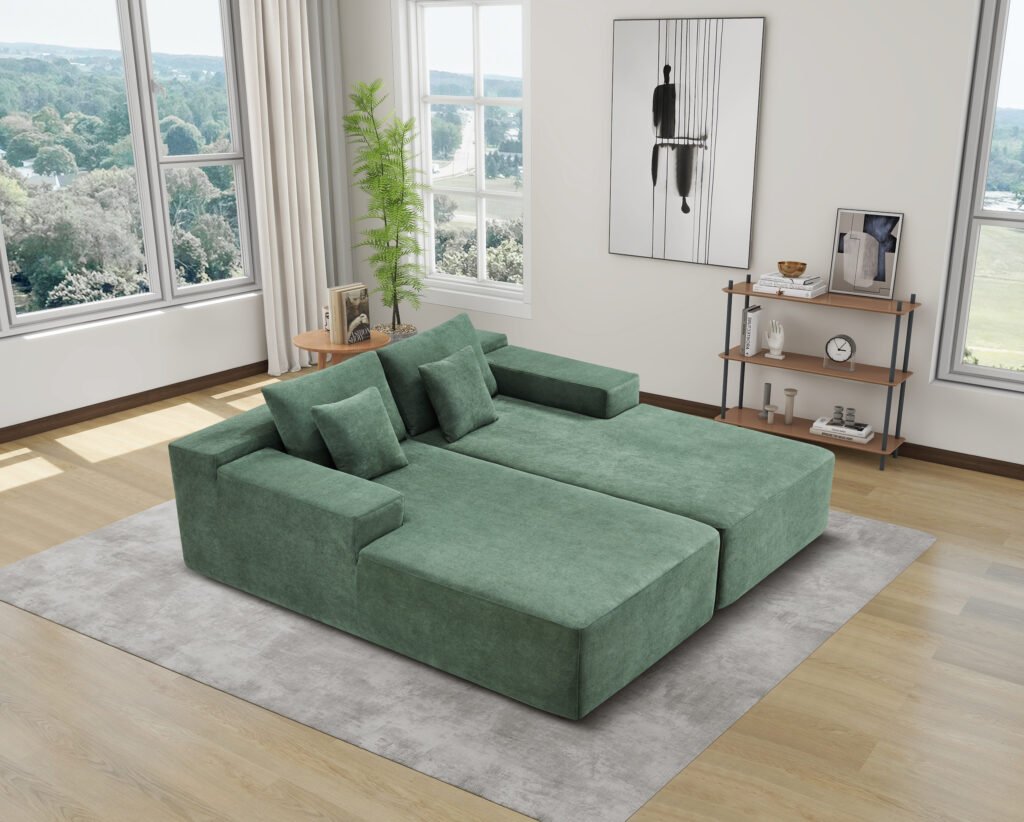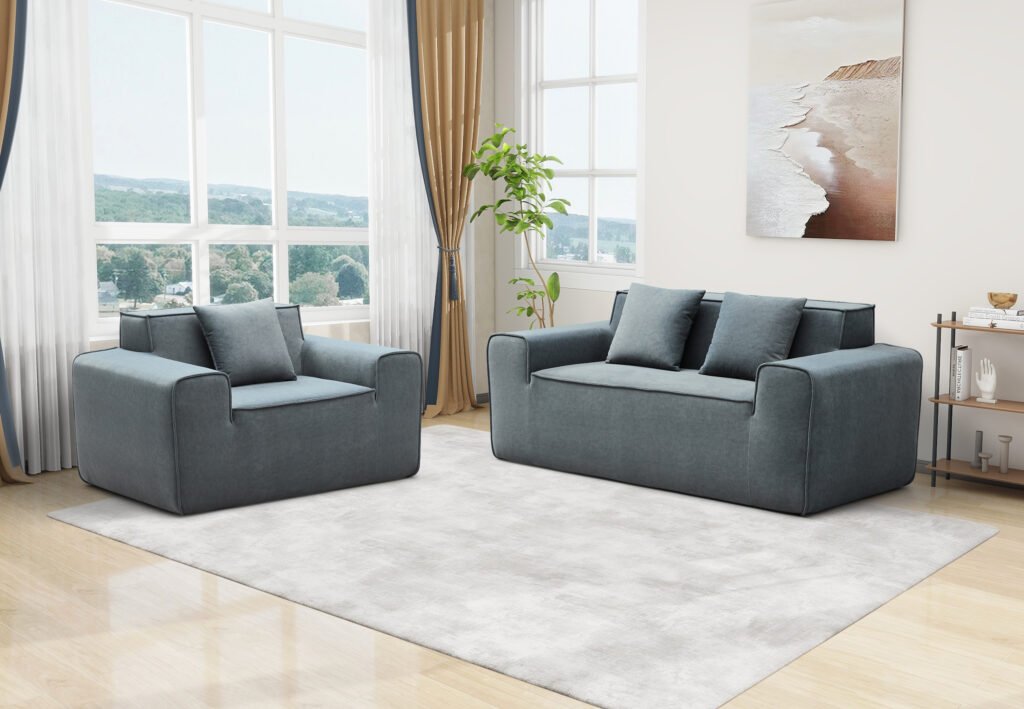
Introduction
As urbanization accelerates and consumer lifestyles shift toward flexibility and efficiency, the global market for compress sofas is experiencing unprecedented growth. For B2B distributors, understanding these market dynamics is essential for capitalizing on emerging opportunities, optimizing supply chains, and meeting the evolving needs of retailers, hospitality groups, and real estate developers. This report provides a comprehensive analysis of the 2025 global demand for compress sofas, highlighting key trends, regional growth drivers, and actionable insights tailored for distributors seeking to expand their footprint and profitability in the furniture sector.
Market Overview: Growth Drivers and Trends
The surge in global demand for compress sofas is shaped by several converging trends:
- Urbanization and Limited Living Spaces:
As more people move into cities, the demand for space-saving, multi-functional furniture like compress sofas continues to rise. Compact packaging and easy assembly make these products ideal for urban apartments, co-living spaces, and micro-housing developments. - E-Commerce Expansion:
The growth of online furniture sales has fueled demand for products that are easy to ship, handle, and return. Compress sofas, with their reduced shipping volume and robust packaging, are perfectly suited for e-commerce fulfillment and direct-to-consumer models. - Sustainability and ESG Priorities:
Both B2B buyers and end consumers are increasingly prioritizing eco-friendly products. Compress sofas, especially those made with recycled materials and sustainable packaging, align with corporate ESG commitments and regulatory requirements2. - Hospitality and Real Estate Projects:
Hotels, student housing, and serviced apartments are investing in compress sofas for their ease of delivery, installation speed, and adaptability to various room layouts.


Regional Insights and Opportunities
- North America & Europe:
Mature markets with high rates of urbanization and strong e-commerce penetration. Distributors here should focus on premium, sustainable, and customizable compress sofa offerings to meet sophisticated buyer expectations. - Asia-Pacific:
Rapid urbanization, booming real estate, and a growing middle class are driving robust demand. Localized designs and affordable price points are key, along with partnerships with regional e-commerce giants. - Middle East & Africa:
Emerging markets where hospitality and tourism projects are fueling demand for modular, easy-to-install furniture. Distributors can gain a foothold by offering turnkey logistics solutions and after-sales support. - Latin America:
Urban growth and rising disposable incomes are opening new opportunities, though logistics and import regulations can be challenging. Building relationships with local retailers and adapting to regional tastes will be critical.


Key Considerations for Distributors
- Supply Chain Optimization:
Leverage vacuum compression and modular packaging to maximize container loads, reduce shipping costs, and minimize carbon footprint. - Product Differentiation:
Offer a diverse range of sizes, fabrics, and eco-friendly options. Highlight certifications and sustainability credentials in B2B marketing materials to attract environmentally conscious buyers2. - After-Sales and Technical Support:
Provide clear assembly instructions, responsive customer service, and warranty programs to build trust with B2B clients and end-users. - Market Intelligence:
Continuously monitor regional trends, competitor strategies, and regulatory changes to stay ahead in dynamic markets.


Conclusion
The global demand for compress sofas is set to remain strong throughout 2025, driven by urbanization, e-commerce, and sustainability imperatives. For distributors, success lies in understanding regional market nuances, optimizing logistics, and offering differentiated, eco-friendly products that align with both B2B client and end-user expectations. By staying agile and customer-focused, distributors can capture new growth opportunities and establish themselves as leaders in the evolving furniture supply chain.